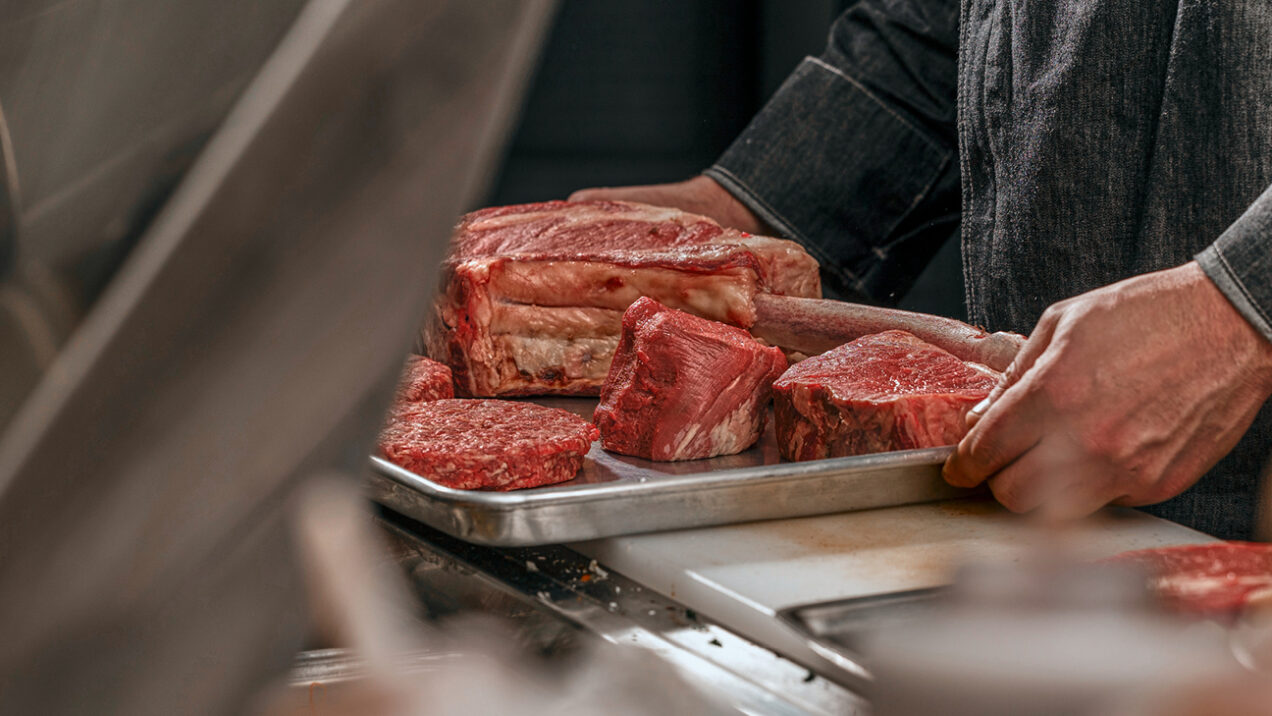The ability to process highly fibrous, otherwise non-utilizable, feedstuffs into a marketable product provides ruminants with a very distinct advantage over other animal proteins. Often, this conversion advantage is referenced only to specific, industry-related outcomes such as body condition as well as parturition and/or weight gain. However, a bigger-picture perspective points to societal benefits these animals possess due not only to being “cellulose converters,” but also their subsistence in geographic regions that otherwise would go underutilized. This would be especially true for cattle based upon their contribution to human consumable protein (per capita, beef consumption is approximately 55 pounds) and the overall magnitude of the cattle industry’s economic impact ($88.25 billion in receipts).
Considering beef’s broader contribution, coupled with the likelihood that hay and pasture costs comprise between 30-35% of a spring-calving cow-herd’s total cost of production, it is imperative operations strive for efficient capture, allocation and utilization of forage resources via a systematic grazing management plan, along with an efficient supplemental feeding program, including hay as a potential option.
Fortunately, this past summer was pretty good to us, and quite a bit of surplus forage production was available to capture. However, as we all know, quantity does not always correlate to quality, which begs the question, “Regardless of whether hay is raised or purchased, how do I ensure proper allocation and utilization during the upcoming feeding season?”
Consequently, if the plan is for hay to be supplemented, there truly is no substitute for a nutrient analysis, preferably prior to any purchase, and especially before feeding, to determine any major deficiencies along with any additional nutrient needs. However, allocation is also of utmost importance and can alter the overall efficiency by which these “stored” nutrients are utilized.
Most often, allocation consists of a hay bale, sometimes in a ring, in the middle of a pasture next to mineral and water sources. Although this is commonly the case, it is not the most efficient means of utilization. Minimally, a bale ring should be utilized to maintain the integrity of the bale as long as possible and to reduce losses from trampling and/or urine/fecal contamination.
To further reduce waste, considering your labor availability, minimize the amount of hay offered at any one time while ensuring the daily intake needs of the animals being fed are met, especially if a hay ring is not being utilized.
Many producers who try to improve the overall efficiency of hay utilization also investigate other means of allocation or delivery. Bale processors are one such mechanism of choice, used to deposit hay in both pasture (windrows/troughs) and pen environments. Strictly from a nutritional perspective, processing (i.e. lightly chopping) of hay tends to improve utilization due to the increased accessibility of structural and non-structural carbohydrates contained in the hay for the microbial population in the rumen of the animal. For lower-quality roughages, this is especially true.
Operationally, the processor is very easy to utilize and does a good job of uniformly processing most roughage sources, including bermuda, alfalfa, soybean, rye/ryegrass, switchgrass and native. Overall, less waste is seen when “windrowing” hay in the pasture, but this method can be difficult to implement when feeding in concrete bunks, especially in high winds. As with any piece of equipment, you must “play around” with a processor to learn additional and better ways to utilize it. A good example is using it to “cover” newly constructed pond dams and right-of-ways where, historically, it’s worked very well.
As one would imagine, the biggest potential downside is the cost of the machine, which must be weighed against the need for such a thing, heavily dependent upon the operation’s size, access to resources (labor, hay quality, capital, etc.) and the value placed upon convenience.
Hey. It’s your money. You make the call.
